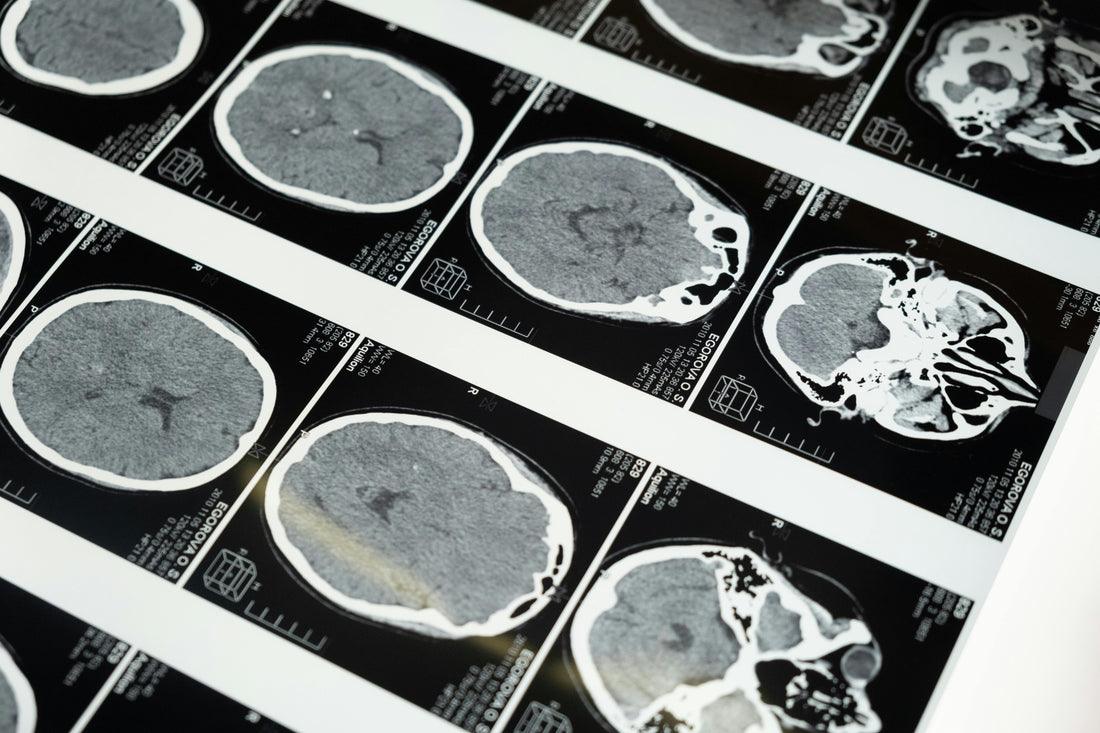
How staying active can lower Alzheimer’s risk
Share
Introduction
We all know that regular exercise is good for our bodies. But new research shows it may also be one of the best ways to protect our brains—especially from Alzheimer’s disease. Even small increases in physical activity during your 40s and 50s may help reduce harmful changes in the brain before memory problems ever begin.
What is Alzheimer’s disease?
Alzheimer’s disease is a brain condition that slowly destroys memory and thinking skills. It can take years—even decades—to show symptoms. In its early stage, the brain begins to change in subtle ways. Sticky clumps called amyloid plaques build up, and parts of the brain that control memory start to shrink. These changes often go unnoticed until it’s too late.
The midlife connection
Researchers recently studied hundreds of healthy adults in their midlife years—between ages 45 and 65—many of whom had a family history of Alzheimer’s. The team looked at how their physical activity changed over a four-year period and then measured their brain health using scans.
Here’s what they found:
- People who remained sedentary (not active at all) had more signs of brain shrinkage in areas linked to memory.
- Those who started exercising or stayed active had healthier brain structures and lower levels of amyloid buildup.
- Even small increases in activity were linked to better brain health—more movement meant more benefit.
How much exercise do you need?
According to the World Health Organization (WHO), adults should aim for one of the following each week:
- 150 to 300 minutes of moderate activity (like brisk walking, dancing, or cycling),
- 75 to 150 minutes of vigorous activity (like running or aerobic workouts),
- Or a combination of both.
In the study, people who became active enough to meet these guidelines showed noticeable benefits in their brain scans. Those who stayed active from the start also had better results than those who remained inactive.
Why does exercise help the brain?
Physical activity helps the brain in several ways:
- Improves blood flow, delivering oxygen and nutrients.
- Reduces inflammation that can damage brain cells.
- Supports memory regions like the hippocampus.
- May help clear harmful proteins like amyloid from the brain.
Even people who didn’t reach the full recommended amount still saw improvements—suggesting that doing something is better than doing nothing.
Simple tips to get moving
You don’t need a gym membership to protect your brain. Try these easy ways to be more active:
- Go for daily walks, even short ones.
- Take the stairs instead of the elevator.
- Dance around the house or garden.
- Join a friend for a walk-and-talk catch-up.
- Try online yoga or light workouts at home.
Start small and build up. The key is consistency—not perfection.
Conclusion
Alzheimer’s disease begins long before symptoms appear, but it’s never too early to start protecting your brain. Moving more during your 40s and 50s—even a little—may help slow or prevent changes linked to Alzheimer’s. So, lace up your shoes, take that walk, or dance to your favorite song. Your brain will thank you later.
